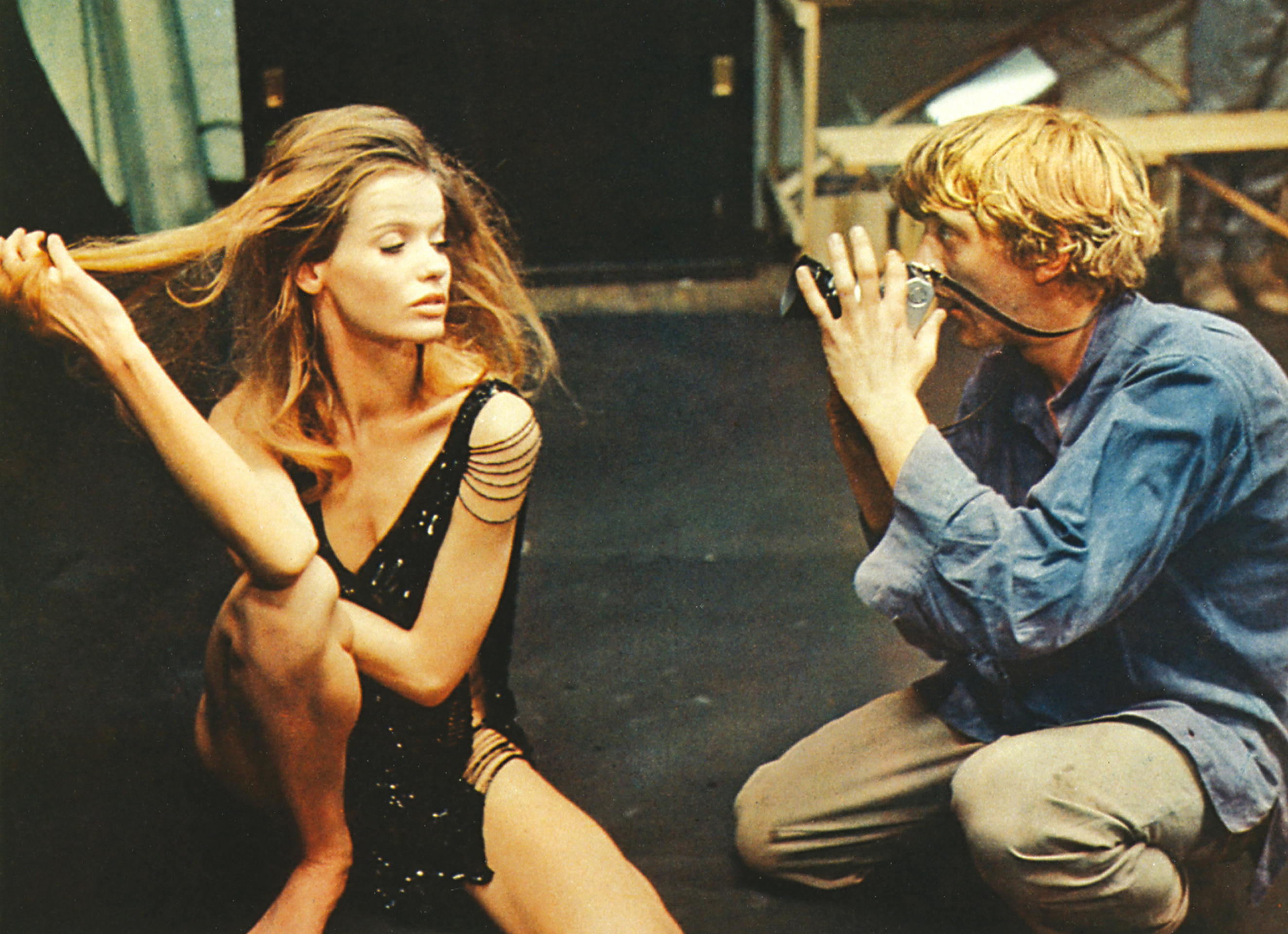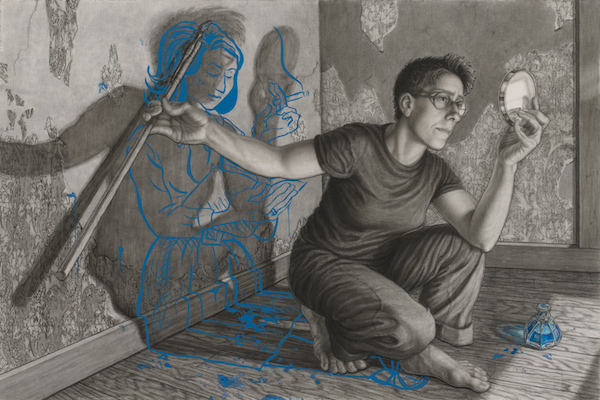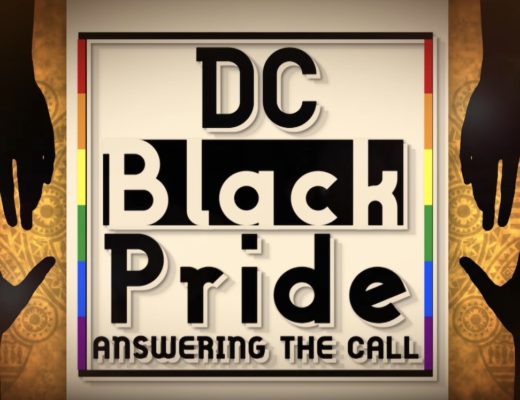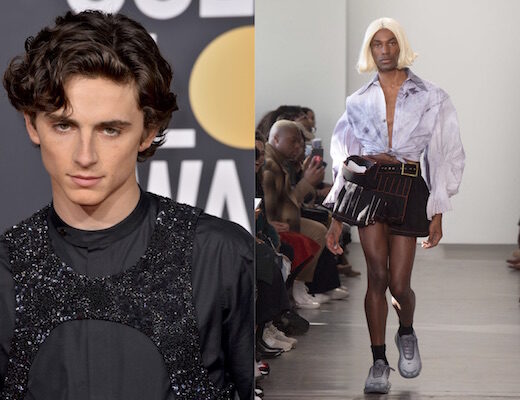Before the late night screening of Blow-Up at the AFI Silver Theatre on Saturday night, film scholar Foster Hirsch joked in his introduction, “It’s the witching hour … perfect for a drug-laden, sexy film.” The late hour of the screening was indeed an ideal complement to the evening’s context, as it brought to a close the first day of the AFI’s Noir City DC festival.
The festival, running through October 27, will screen 20 significant films from the film noir genre as curated by the Film Noir Foundation. Film noir is difficult to define, but characterized by its brooding dark themes, equally dark lighting, and an obsession with the gumshoe detective story. It has birthed such mid-century American classics as The Maltese Falcon and Rear Window, but its influence can be seen in today’s thrillers and parodies like Who Framed Roger Rabbit? The genre is considered a distinctly American form, and a representative from the Foundation – joining in Hirsch’s jovial mood – joked that she believed preserving it was “the most important work in the world.”
While she was clearly joking, the representative’s statement inspires a real question: Why have a film noir festival in 2016? With its morally gray male heroes and often villainous femme fatales, what about the film noir is worth preserving or reliving? During this final wind up to the election, one is reminded of Donald Trump’s campaign slogan, “Make America Great Again.” Those focused on preserving film noir – which had its heyday in post-World War II America – are in a sense idealizing the genre, making film great again, as well.
Saturday night’s screening brought audiences to another politically fraught period in our national history.
Blow-Up is an outlier both from the rest of the festival’s offerings and from film noir as a whole: it was released in 1966, it was filmed in color; and it was directed by Italian auteur Michaelangelo Antonioni. All of these elements make Blow-Up a far cry from the stark black and white Los Angeles so often seen in noir films. However, Hirsch argued in his opening address, the film is a “neo-noir” pulling plot tropes from those older films with nostalgia.
Blow-Up follows one day in the life of hip fashion photographer Thomas (David Hemmings) as he photographs models, cavorts around London, and stumbles upon a possible crime in a public park. After photographing a mysterious beauty (Vanessa Redgrave) in the park, he notices something suspicious in the photos as he develops them. It’s not clear to Thomas that he may have photographed a murder until he makes blown-up prints of the photos, tightening his focus on key details until the truth comes to light.
The film is an intriguing take on the film noir plot, possibly enhanced if you’re familiar with other films from the genre. The crime at the film’s center takes place in a park during the middle of the day, which is an unsettling contrast to the shadowy ne’er-do-wells of classic noir. Antonioni’s meandering cinematic eye also gives the viewer freedom to put the pieces of the puzzle together independently.
Blow-Up uses color to great effect within Antonioni’s well-crafted and visually stunning shots. The earth tones of an antique shop, the bright green of park grass, and startling blue of Hemmings’ eyes all make for memorable scenes. The film’s famous and fluffy scenes of fashion shoots are especially delightful; it’s almost as if Antonioni knew how outrageous Technicolor 1960s fashion would seem to future viewers.
What stands out most about Blow-Up in the current political climate is its representation of gender and gender roles. Most film noirs center on a shady man and a shadier woman, but this film turns that subtextual battle into text. As a fashion photographer, Thomas spends his entire day rolling around his studio with half-naked models (scenes which, again, add little or nothing to the plot.) His own femme fatale uses her sexuality to play him for a fool. His lover similarly refuses to leave her husband. What’s being communicated to straight men, then, about relationships is to always be the player and not the played; photograph the women, but never let them get to your heart because they are often cold, deceptive, untrustworthy …This may appropriately begin to sound like the public characterization of a certain candidate for the presidency.
That brings us back to the question posed earlier: what is being preserved when we preserve film noir? If film patrons hold nostalgia for genres from a time when civil rights were minimal for any but white men; when LGBTQA folks were unsafe outside the closet; when women were shackled to the home, perhaps they are then also holding nostalgia for that time more broadly. The Film Noir Foundation does important work preserving films, and making sure they’re not lost to history, but should some films (like some social attitudes) be lost to history?
Interested readers will have a good time taking these questions into the theater and deciding for themselves. The Noir City DC festival runs through October 27 at the AFI Theater in Silver Spring. Show times and more information is available here.
The article was originally posted on Urban Scrawl.





No Comments